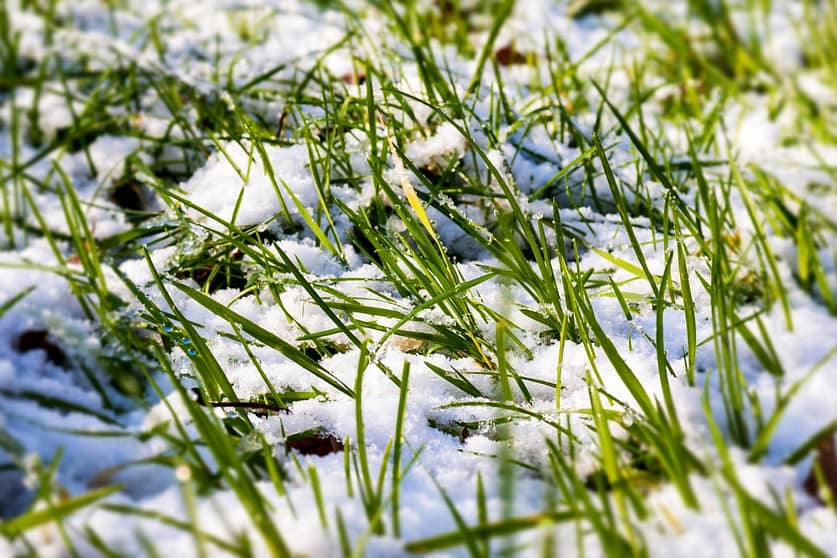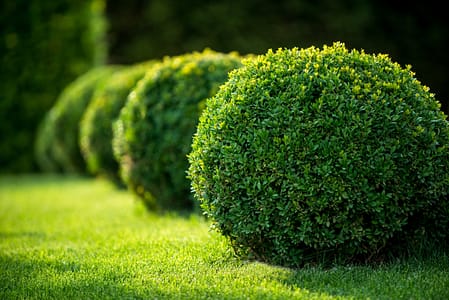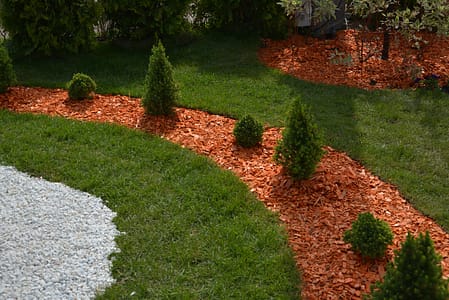Winter is around the corner! This morning I can smell chilly weather coming around, and this is the time to be extra cautious about your lawn.
Winter Lawn Prep Guide for Lush Grass in Cold Months
You have spent hours making your yard look lush and green throughout the summer. It was a great place for all your family parties and barbeques. You would be having ideas for winter lunches and sitting under the sun on your lawn from what I suppose.
But as the winter is now approaching, the lawn does not look a percent of what it was in the summer. The main reason is the wear down and shedding it went through in the fall season. All the cool-season grasses you had won’t be the same until winter approaches. You will have to prepare the lawn for winter from scratch.
13 Highly Recommended Ways to Prepare Your Lawn for the Winter
In the winter season, not only the lawn gets dry but also the trees. They can die of cold and snow if they are not given proper care. Taking care of the lawn is not a big issue, and you can make look as good as it did in the summer by following these simple tips on preparing the lawn for winter.
Cleaning and Scraping
The first thing you need to do when preparing the lawn for winter is to clean up all the debris and dead scrapes from the lawn. After autumn, there are so many dead leaves and plants on the lawn. Mow the lawn properly and remove any herbs from the ground. Herbs that are specifically of no use to the lawn. Scrape the chemicals of the plants and get rid of any dead plants on the lawn. When scraping, make sure you don’t scrape too hard on it that the plant dies. Keep it gentle and clear out all the debris to prepare your lawn for winter.
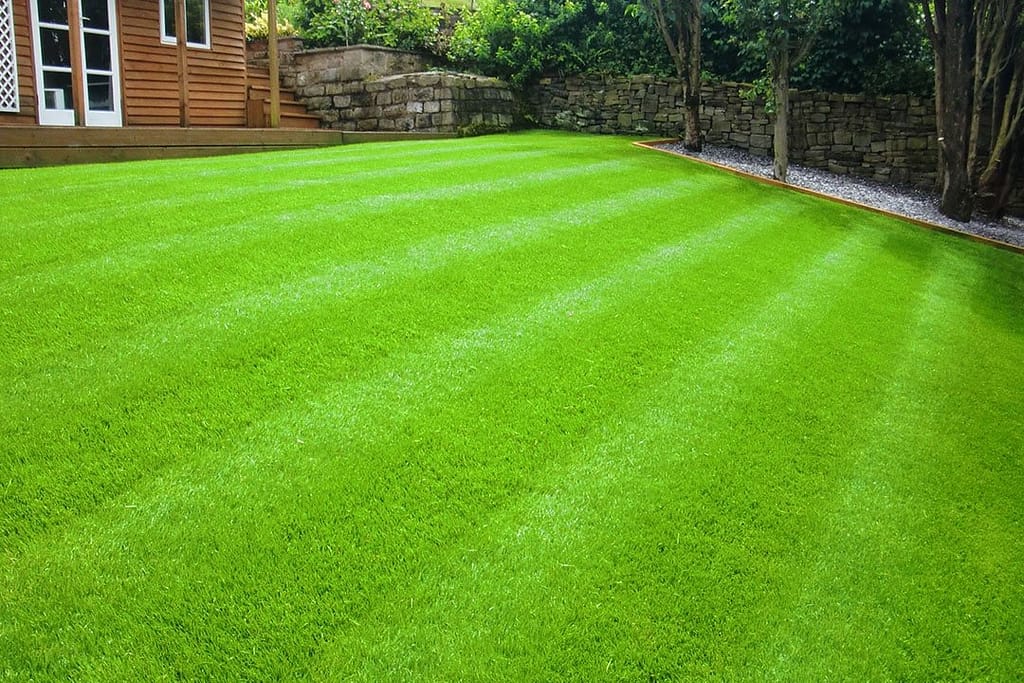
Dethatching the Grass Layer
Dethatching can easily be done before winters. Besides raking, you can dethatch the dead grass layer to restore your lawn to health and keep it beautiful.
Too much thick thatch (mix of dead and living plant material) can choke a lawn to death as it can hinder water absorptions and nutrients penetration to the soil and roots. It will harm the grass and the soil by providing a breeding ground for lawn disease. Moisture-rich thatch can also promote mosquito breeding and fungal infection.
After confirming that your lawn thatch has exceeded the healthy mark, you can then work for it. Dethatching can be done through manual dethatches, power rakes, or can be done through vertical mowers. Vertical mowers are the best choice for thick thatch layers.
Make It Look Good By Getting Cool-Season Grasses
This might sound new to you, but if you are into gardening, you will be familiar that there are many types of grasses. Just make sure to buy the grasses that are suitable for the winter season. There is a specific type that can withstand more cold temperatures. Ryegrass, fescues, and scutch grass are the most common winter grass types.
Prune and Cut the Grass Regularly
If you are very much into preparing the winter lawn, then replacing the entire lawn’s grass might sound right to you, but to some, it might sound a bit absurd. So, a better way to take care of your grass is to prune it regularly.
This is something very important to know how to keep your lawns green and healthy during winter. Leaving the grass at a suitable length protects against fungus growth and other diseases. Too long, the grass is always at risk of injuries during snowing. Cutting or trimming them to a little short is a good idea in winter. But don’t cut them more than 1 to 2 inches; else, the roots will be stressed out and begin to die soon.
Confirm either you have Cold season grass or a warm in your lawn. I have Fescue grass on my lawn, which is cool climate grass, so I usually cut them to 0.75 inches. For those who have warm climate grass, I suggest 1.5 inches is enough length to cut them.
Keep the Lawn Properly Aerated
You must have observed that the plants start wilting from their apex in the winter season, or they might halt the growth. Have you thought about why that is so? The main reason is that roots do not get proper aeration. When you water the plants, the water does not entirely evaporate, and if there is no space for it to go in the soil, water will clog there.
Use a spike or lawn fork to keep the soil loose and aerated. When the proper amount of water and air gets into the soil, it will ensure that plants take up enough nutrients and air from the soil through roots. Before you aerate, make sure the soil is moist, not wet. After aeration, if you see any soil plugs, just leave them, and they will decay naturally.
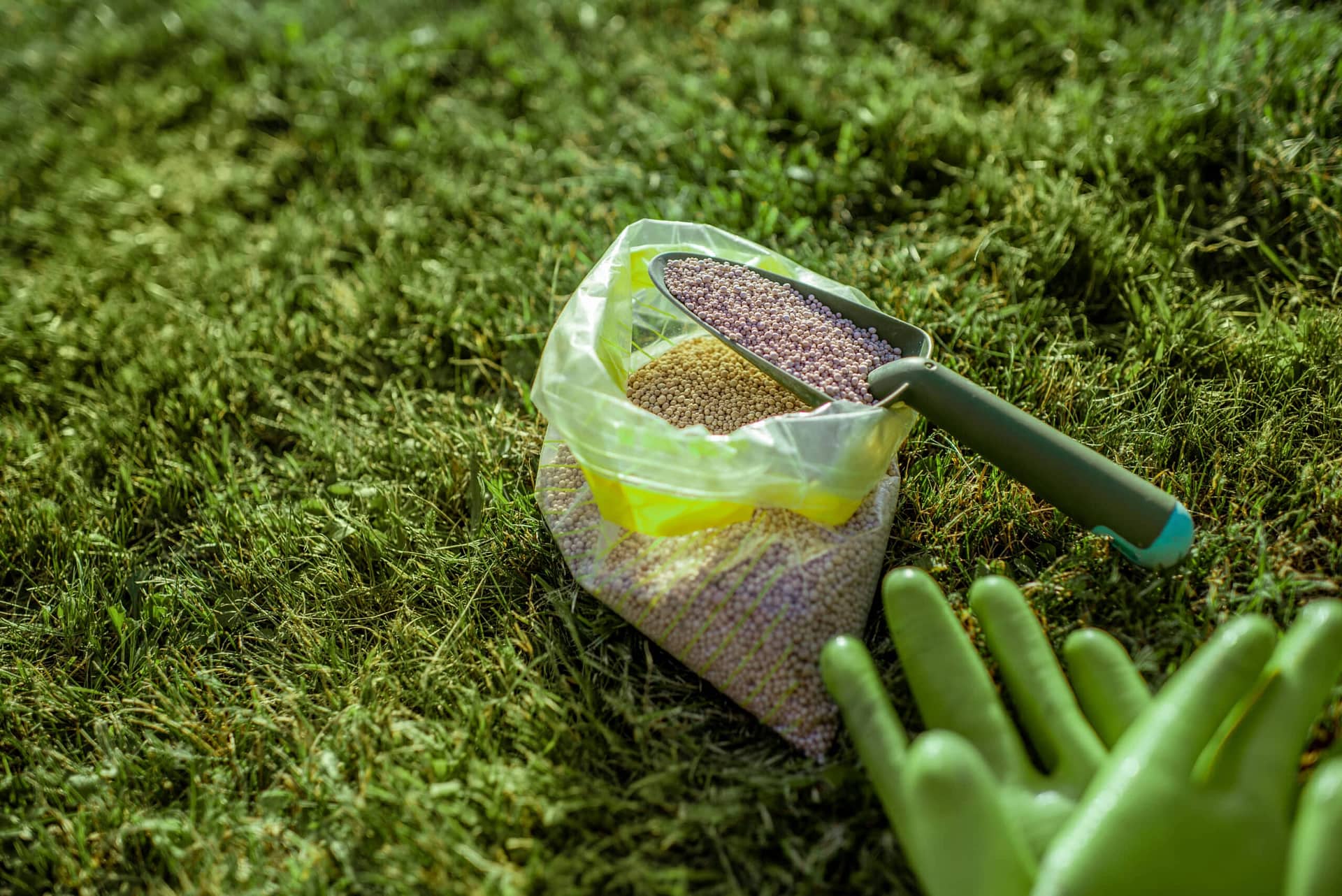
Do Proper Fertilization of Lawn
I cannot emphasize more on the fertilization of the lawn. In the winter season, plants and grass cannot absorb many nutrients and compost from the soil. You need to add fertilizers to the soil for the plants to grow well.
Before fertilizing your lawn, you must need to know your soil’s PH with a soil test. Apply only the recommended amount of fertilizer because too much chemical can harm your grass by burning the plant’s root or by damaging plant cells. One cannot want to put their plants in harm, so it’s better to use it in the necessary amount. Also, make sure to use good organic fertilizers with 0% phosphate.
Minimize Irrigation
If you want to prepare the lawn for winter the right way, you can never compensate for the irrigation. It was easier to irrigate in summer because if you got more water on the lawn, it wasn’t a big deal. The lawn soil would have soaked it up or evaporated, but it is clearly not the case in winter. Just spray the appropriate amount of water required to keep the soil moist.
Do not water it every day; instead of water it on alternate days and when it is snowing, minimize it even more. But make sure not to stop watering because ice can clog the roots, and plants might die. Dry snow and air can lead to fungus growth, so it is advisable to water the plants with Luke warm water.
Prevent Mosquitoes and Bugs
Mosquitoes and bugs are quite common in winter, and they can destroy your lawn. You should take measures to remove them as soon as you can because once the infestation gets into the lawn, there is nothing that can stop it. The best thing you can do is spray insecticides and pesticides on all your plants. It is a good solution, but it wears off after some days.
What you can do on your end is trying to stop their breeding and growth in the lawn. You can minimize mosquitoes’ breeding by eliminating standing water and water sources, including pools, tires, and pots, that can help prevent mosquitoes’ breeding.
Moreover, if you have a birdbath on your lawn, dry it every day before sundown. This place is most prone to mosquito growth.
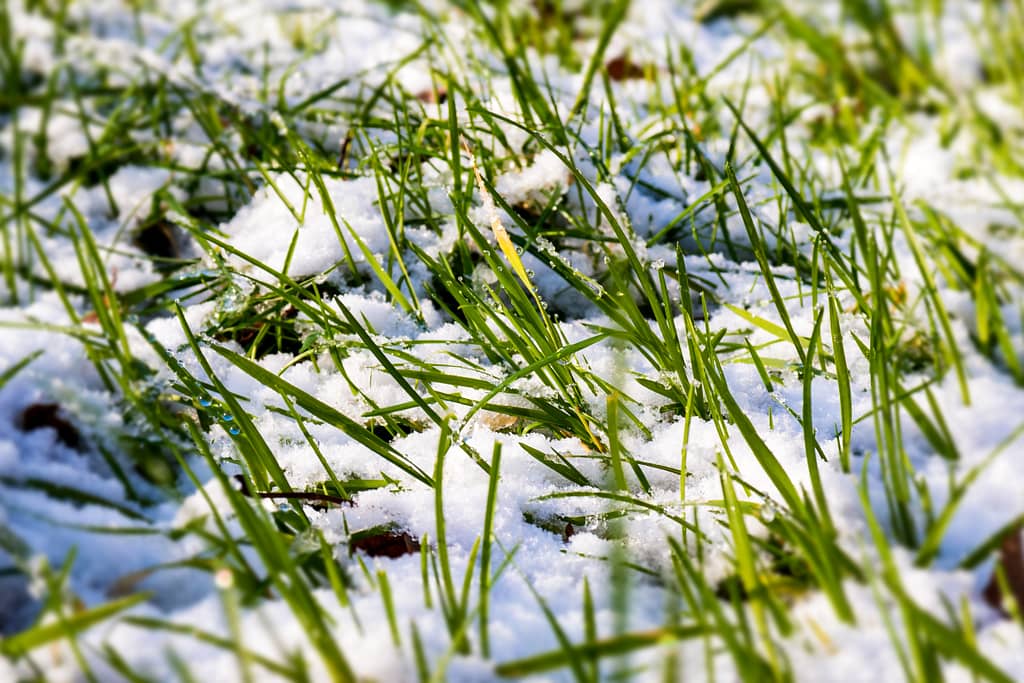
Protect Your Plants From Frost
Frost and snow can kill the plants. So when it is snowing, make sure to cover the plants with a greenhouse. During snowfall, installing a greenhouse is a safe and sound option that will absorb heat from the sun during the day and allow the plant to stay warm at night time hours.
Decorate Your Lawn
Other than just plants and grasses, there is a lot more too. So to prepare your lawn for winter, add some pieces of furniture to the lawn.
Wooden lawn chairs go best with the winter theme and vibe. I can literally image myself with my favorite book in hand and a mug of coffee sitting on that chair, under the warm sun. Though such winter sun can only be enjoyed for a few days before it gets too chilly to go out on the lawn.
A mosaic corner on the lawn looks very aesthetic. You can use the spare bricks in your house and create such a corner. Cover it with gravel and some sandstones or marble stones from the market. You can get them easily at the thrift shop, and they can totally compliment the winter theme. Add lanterns of other themed winter statement decorations, and your corner is all ready for you.
A lawn is not just a place that makes the exterior of the house look aesthetically good, but it is also a place with which you have an emotional connection.
Winter Lawn Care Tips for a Thriving Garden Year-Round
I can tell by my own experience that taking care of my plants and lawn is a catharsis source for me. It makes me feel nature.
Trust me, preparing a lawn and maintaining it is no big deal. All you have to take care of are the mere technicalities for each plant and grass according to the season. Winter season is around the corner, and it can be harsh for plants. So follow the given tips, and I’m sure you will get a great lawn throughout the season.
Let me know in the comments section if you have any other tips on how you can prepare your lawn for winter.



